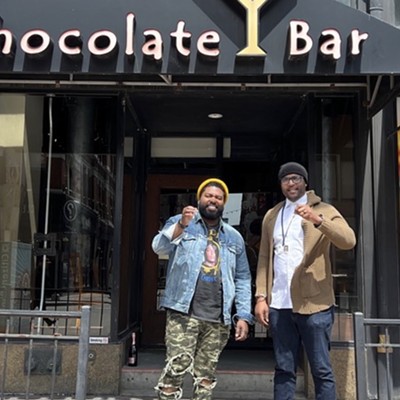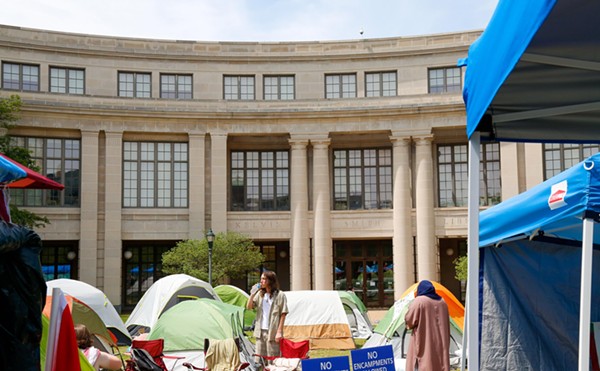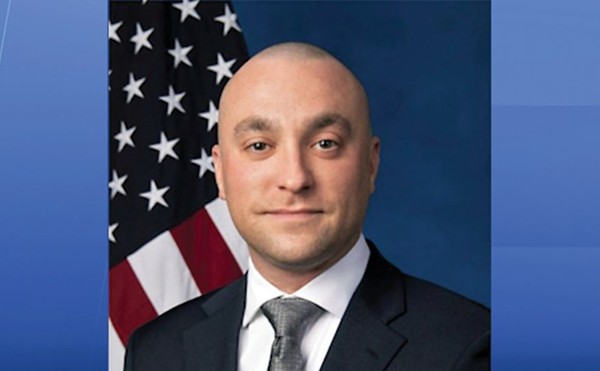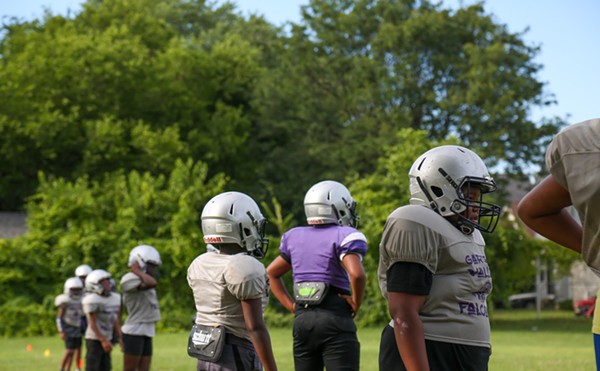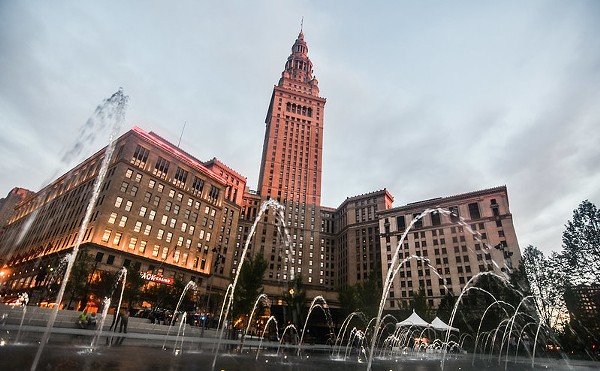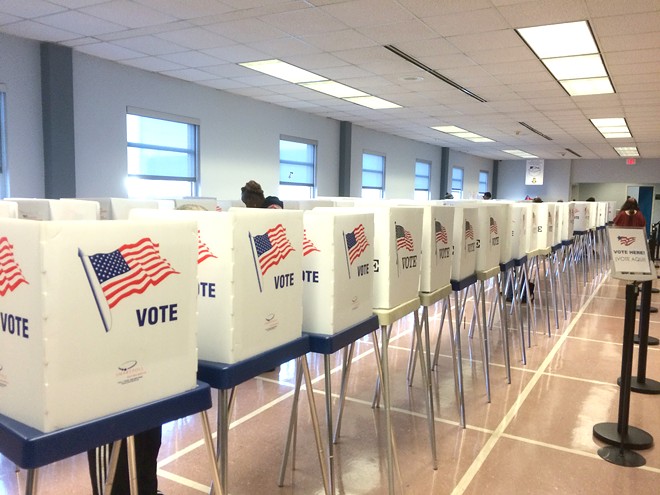
Sam Lawrence is running for an Ohio Statehouse seat at 19 years old.
"I've always been one of the kids who watched the news, and I knew what was going on, not to the full extent of, kind of obviously, what I'm involved with now," said Lawrence. "[It was] probably right before high school or early in high school when I really found kind of this interest in the politics of it all, not just in the campaigning, but also in the public service aspect once someone is elected."
Lawrence, a political science major running as a Democrat in Ohio's 47th district, hopes his campaign will inspire other Ohioans his age to get more involved in politics.
"That's one of the reasons I decided to run," said Lawrence. "To inspire other young people, maybe to run themselves, but more importantly, to get involved."
In recent years, younger age groups have shown up to the polls in increasing numbers, with college students having record turnout; 66%, according to CIRCLE, a Tufts University research center focused on youth voting in the 2020 presidential election.
In Ohio, however, only 59.2% of residents ages 18-24 were registered to vote in 2020 and 51.8% actually voted, according to data from the U.S. Census. In comparison, 69.5% of voters ages 25-34 were registered to vote, along with 73.3% of the 35-44 age range, 78.8% of the 45-64 age range, and 84% of citizens aged 65 and older.
By running for the Ohio House, Lawrence hopes to remedy one of the largest deterrents from Gen Z participating in elections: a lack of representation from people in their age group. "The vast majority of our elected officials are above the age of the median population by a significant amount of years," he said. "There is such a large chunk of the population that is not being represented at all."
However, even when young people want to go out to vote, there may be outside factors that make it harder to do so. For example, COVID-19 made registering to vote more difficult for many, since they weren't able to do it in person.
"For a lot of people, including young people, there was confusion over the elections that took place during the pandemic," said Iris Meltzer, President of Ohio's League of Women Voters. "There's a whole slice of a couple of years' worth of high school and college students that did not have the opportunities usually afforded them to register to vote."
The pandemic also increased the demand for absentee voting, which was not widely available in some states. In Ohio, all citizens could register for absentee voting, but it required sending an application by mail, then filling out a ballot and returning it by mail.
"In 2020 we found that youth voter turnout was much higher (57%) in states that automatically mailed absentee ballots to registered voters than in states where people needed an excuse to vote absentee (42%)," said Alberto Medina, Communications Team Lead at CIRCLE, via email.
In addition, some younger voters simply have a difficult time making a decision about who they want to vote for.
"As adults, we assume that it's very easy, and of course you can figure out who you want to vote for, and it isn't that easy," said Meltzer. The League of Women Voters often visits high schools and colleges to help with voter registration.
"Interest in voting isn't some innate quality, it must be taught and nurtured by creating a culture in which youth can develop their voice," added Medina.
Adding to the confusion is changes in the election dates. Because Ohio's electoral maps were held up in court due to a lawsuit over redistricting, the state held a second round of primaries on Aug. 2, covering races and issues that didn't make it to the March primary ballot. Lawrence believes this had an impact on how many people voted during the second round.
"That's why voter engagement here in Butler County was at 6%, because nobody knew that there was an election," he said. "So again, that's the problem that you have with the ruling majority in this state."
Although these issues deter young voters, recent events like the Supreme Court's overturning of Roe v. Wade have the chance to inspire them to come to the polls in larger numbers. In the August primary, for example, Kansas voted to protect abortion rights in the state by a 58.9% majority, despite being a primarily red state.
"We have a supermajority in the Ohio Statehouse of people who are wanting to take away women's rights and that healthcare decision," said Lawrence, referring to Republicans in Ohio's state Legislature. "So that's what I'm running on, to protect that, and that's what so many on our side are running on, because it's so important."

